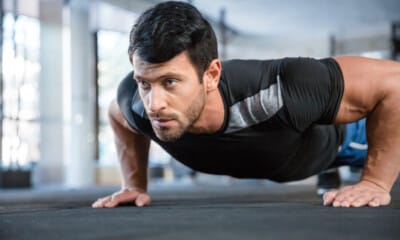Discovering Three Muscle Groups Activated by Walking
If you’ve ever enjoyed a long walk while chatting with a friend or listening to a podcast, you might be surprised by the muscles that get a workout. Walking is commonly known for engaging the glutes, hamstrings, and hips, but according to walking coach and ACE-certified trainer Michele Stanten, it also challenges several other muscle groups.
While walking may seem effortless now, the truth is that the walking motion is quite complex, requiring more muscle involvement than you might realize. Each step consists of two phases: the “stance” and the “swing,” as explained by American Bone Health.
During the stance phase, your heel hits the ground, your entire foot makes contact, weight shifts to the ball of your foot, and your big toe initiates the push-off. The swing phase propels the heel forward and sets it down for the next step.
Throughout the gait cycle, numerous leg muscles are hard at work beyond the obvious ones. Stanten notes, “Walking is often seen as a lower body workout, focusing on leg muscles like quads, hamstrings, calves, and glutes, but it engages your whole body.”
Three Surprising Muscle Groups Engaged During Walking
1. The anterior tibialis
This muscle, located along the outer part of the shin bone, is often overlooked during normal-paced walking. However, when you increase your speed, you may feel a burning sensation in the anterior tibialis. Stanten explains that this muscle is responsible for pulling your toes up when you swing your leg forward, resulting in increased engagement as you walk faster.
2. Abdominal muscles
Walking requires your midsection to support your body upright, engaging muscles such as the spinal stabilizers, erector spinae, multifidus, and quadratus lumborum (QL) in the back and pelvis. As walking speed increases, there is some hip swiveling and rotation, activating the abdominal muscles to maintain stability.
3. The upper back muscles
Stanten emphasizes the importance of involving your arms while walking, as bending them at a 90-degree angle and swinging them engages the upper back muscles, including the rhomboids. A powerful arm swing can enhance your walking performance and strengthen your upper back muscles. Paying attention to your arm movements can provide an additional challenge and benefit during your walk.
















